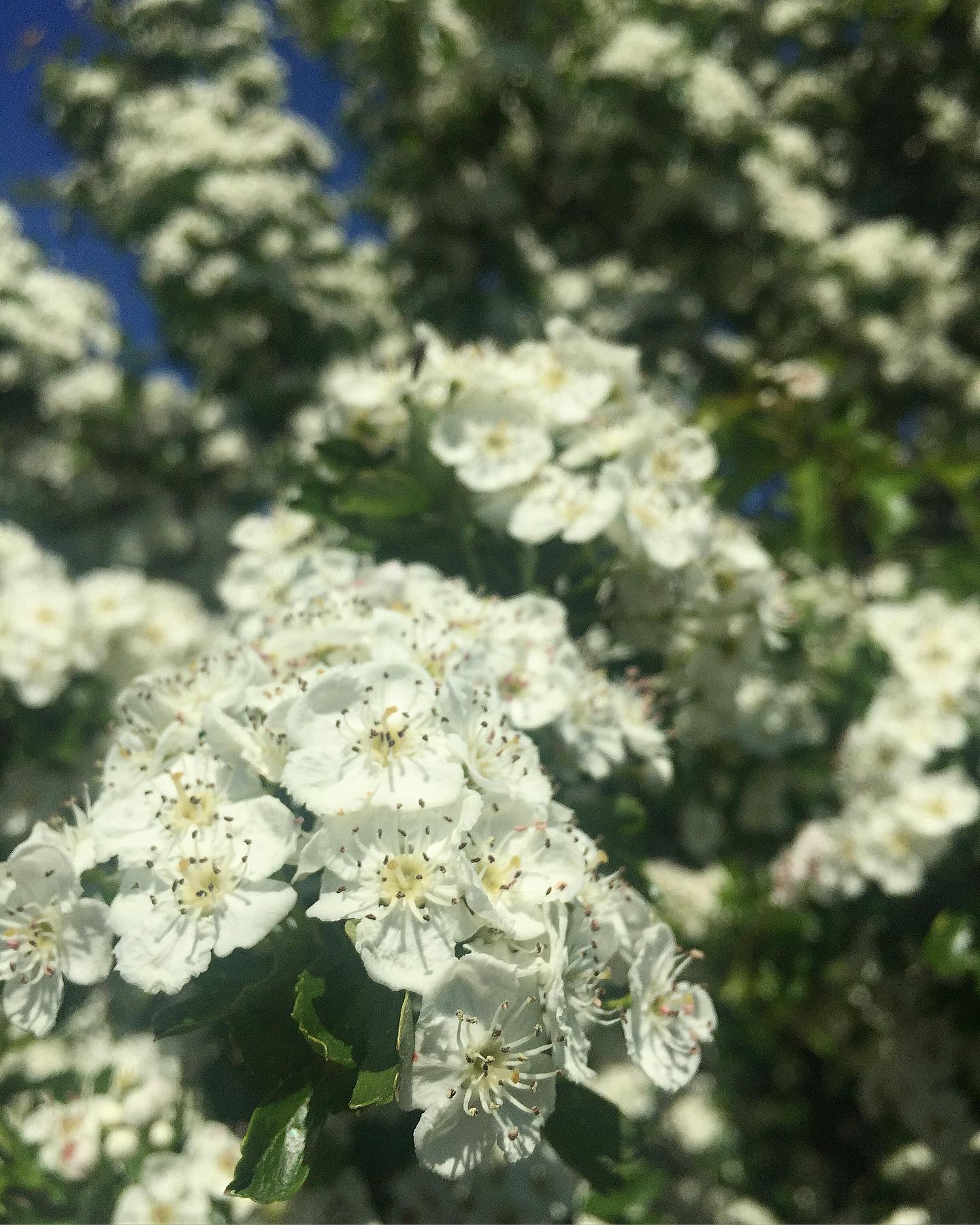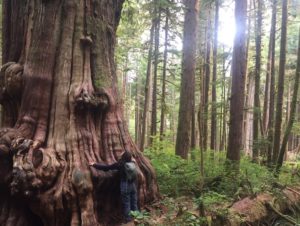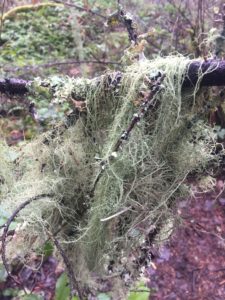Hawthorn is a tree that I grew up associating with thick, enchanted forests of fairy tales. Turns out that I wasn’t far off – it is one of the most sacred trees in Celtic tradition, symbolising love, fertility, and protection. It is believed to house fairies, hence its nickname of the Fairy Tree, and is therefore treated with respect and reverence and said to bring bad luck if brought indoors.
There are hundreds species of hawthorn in North America. The ones I have come across on southern Vancouver Island are Common Hawthorn (Crataegus monogyna), English Hawthorn (C. Laevigata) and Black Hawthorn (C. Douglasii; our native species). They have white or pink flowers and mostly red berries, though a few species (like Black Hawthorn) have black berries. While berries are more widely used, the leaves and flowers have also been found to be medicinally active. Hawthorn is part of the rose family and, as the name implies, has thorns, though some are thornier than others.
Traditionally, hawthorn was used in Chinese medicine as a digestive aid for oily, rich food. In the PNW berries were eaten as a food but not favoured, though the bark was occasionally used medicinally for STIs amongst other things. The more common use today follows European tradition as a heart medicine. Its physiological effects on the heart are so blatant that it has been widely studied and used in allopathic medicine for congestive heart failure, arrhythmia, angina, blood pressure (low and high), and high cholesterol. Hawthorn works in part by smoothing and repairing capillaries, thereby improving circulation.
Energetically, hawthorn also works on the heart, uplifting, opening and strengthening resilience. The Celtics considered it a cure for a broken heart. It is grounding, regulating, and calming, and has been used in herbal medicine to treat attention disorders. Harvesting the flowers last month and laying them out to dry was a feast for the eyes and nose as their intoxicating scent permeated the air. The berries will be ready for harvest in the fall.
Hawthorn is great tinctured or made into a syrup. It is best used long-term as a tonic.




